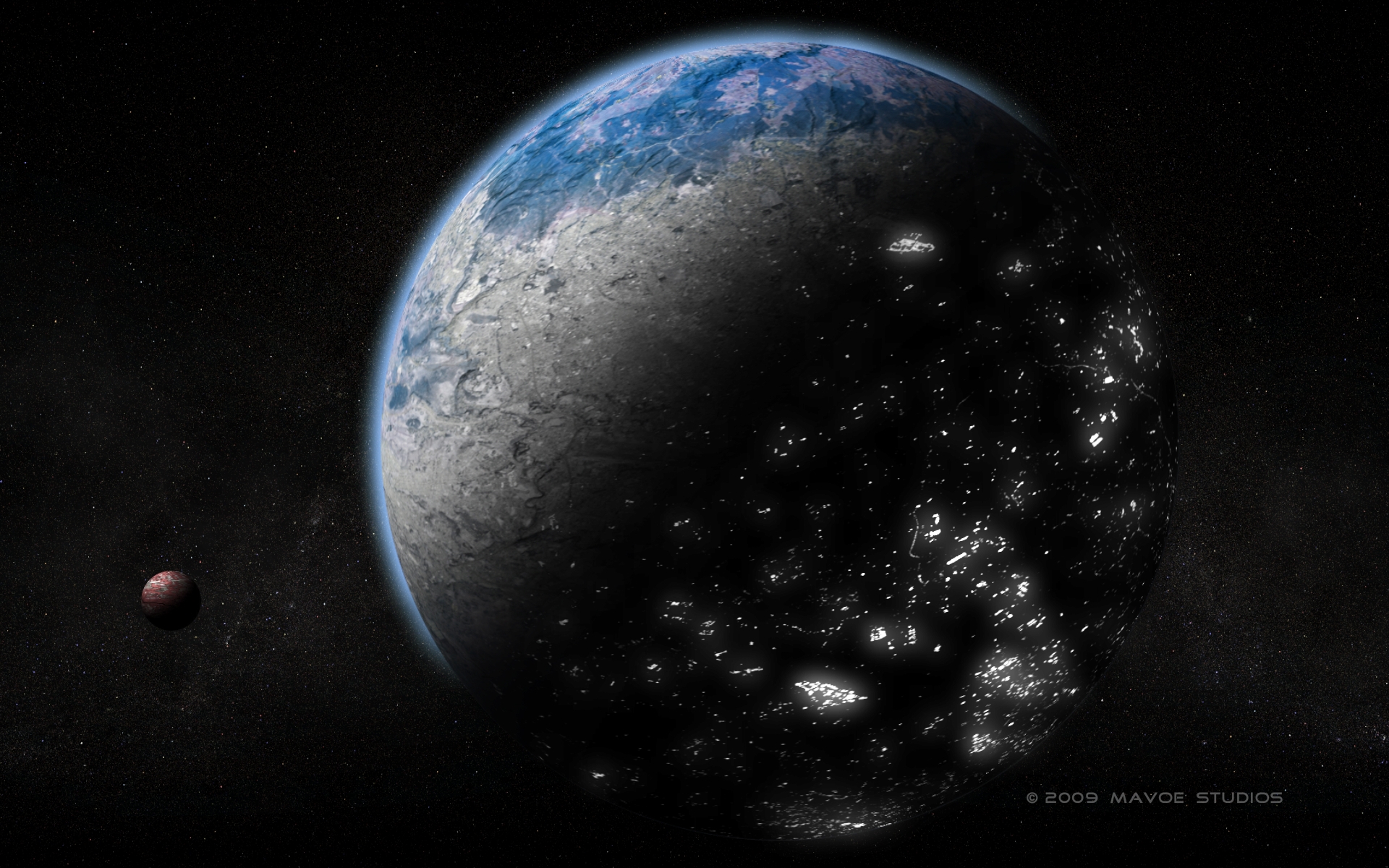New Zealand astronomers have used new scientific techniques to revise the number of possible Earth-like planets in our galaxy. The University of Auckland now provides an estimate of around 100 billion possibly habitable planets.
Astronomers Estimate 100 Billion Habitable Earth-Like Planets In The Milky Way, 50 Sextillion In The Universe
The previous hypothesis was closer to 17 billion, a substantial difference. Using this new data and considering the nearly 500 billion galaxies in the universe leads to a staggering possibility- something like 50 sextillion planets that could contain life as we know it.
The process employed to estimate the new numbers is called gravitational microlensing. It is currently being used at Mt. John Observatory by a team of New Zealand, and Japanese scientists called MOA. Gravitational microlensing’s ability to detect objects under extremely low or no light conditions makes it a more exact tool when compared to apparent magnitude, the previously used technique.
Apparent magnitude involved measuring the dimming of stars as planets pass between them and the earth. Though used by such institutions as the Harvard Smithsonian Center for Astrophysics and the Kepler Space Observatory, apparent magnitude had some major disadvantages.
Gravitational Microlensing Unlocks The Secret Of Alien Life
“Kepler finds Earth-sized planets that are quite close to parent stars, ” said Dr. Phil Yock, a representative of the university’s physics department. “These planets are hotter than Earth.” Scientists have long been skeptical of the possibility of life on such planets that fall too close to their suns. The circumstellar habitable zone often called the Goldilocks zone, is considered a more likely place for extraterrestrial life as it contains the not too hot, not too cold conditions to support liquid water.

In contrast, gravitational microlensing considers not the dimming of stars but the distortions of quasars, caused by the gravities of objects that move in front of them. Quasars emit electromagnetic radiation and are observable by radio, infrared, telescope, ultraviolet, and x-ray. When an object of sufficient gravity passes between a quasar and the earth, the warping of that object's gravity causes a magnification of the quasar’s radiation.
Dr. Yock wants to combine this new data with that previously investigated by apparent magnitude. “Our proposal is to measure the number of Earth-mass planets orbiting stars at distances typically twice the Sun-Earth distance. Our planets will, therefore, be cooler than the Earth. By interpolating. We should get a good estimate of the number of Earth-like, habitable planets in the galaxy.”
New Zealand’s extreme southern position gives it a unique view of the sky while its relatively low population, abundance of rural land and low levels of light pollution make it an excellent place for astral observation. It is one of only three countries to have an official Gold Rated International Dark Sky Reserve. It is considered one of the best stargazing locations on earth.
Replies